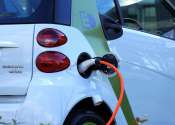New loo turns poo into power
Scientists from Nanyang Technological University (NTU) have invented a new toilet system that will turn human waste into electricity and fertilisers and also reduce the amount of water needed for flushing by up to 90 per ...







